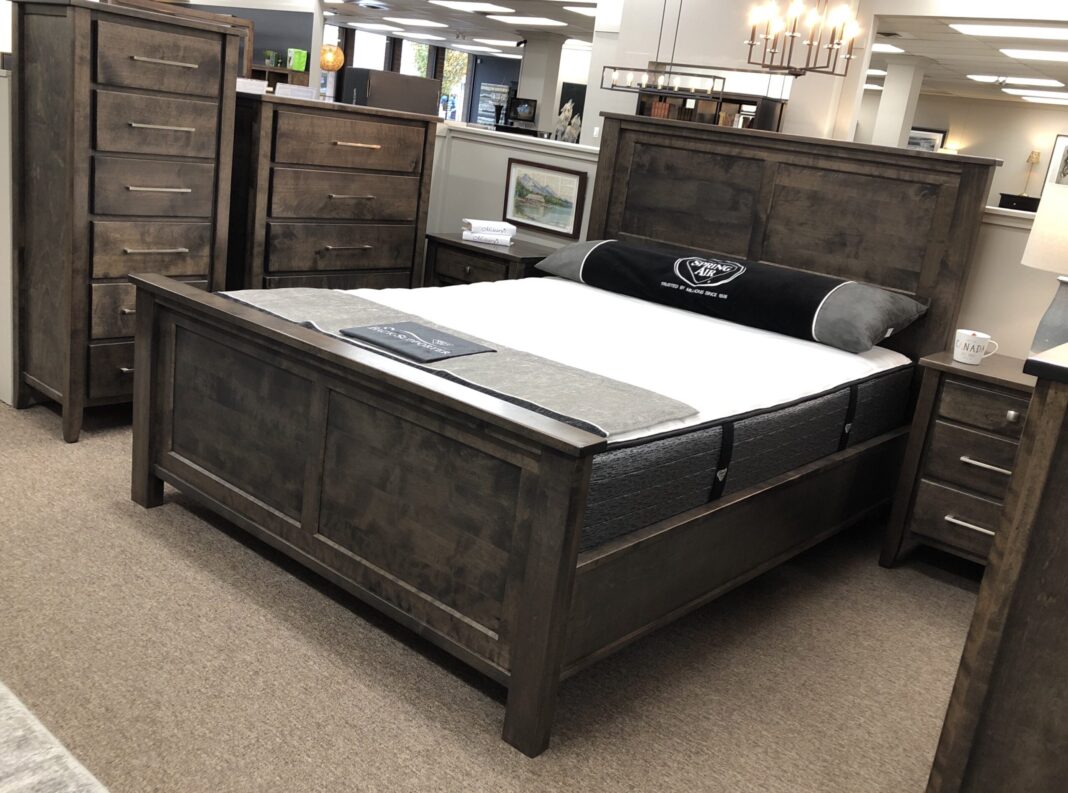Note: This post contains affiliate links, when you purchase a product or service through one of these links we may earn a commission on that sale.
There are so many options to buy furniture these days. New or vintage, handmade or factory-produced. Unfortunately, expensive does not always mean well-made since pricing is not standardized. Certain brands may give you an inferior product because the brand name has clout, making the piece needlessly expensive. Made with materials like MDF board and carbon fiber which we may not have heard of before, here are some expert ways to tell if the piece in question is worth the money:
- Paint: good quality wood is rarely painted over. Paint on top of the wood is usually a bad sign that the wood itself is not worth showcasing. Paint is often used to hide burn marks and water stains, which can compromise the strength and make the wood more prone to warping.
- Joints: Are the joints loadbearing? Are the joins neatly concealed, not sloppily covered with veneers or particle boards? Is it made of numerous pieces of wood joined together? All these indicate inferior quality. This is why pre-1960s furniture was of generally higher quality- since veneers were not typical and you could not hide excessive joins, the furniture was often made with better craftsmanship. Glue and nails should never be obvious.
- Type of wood: Softwood, such as pinewood, does not last very long. Hardwood such as Oak, Mahogany, or Apple is a much better option for furniture that is meant to be around for decades. Avoid MDF board and engineered wood; they are cheap replacements that have a short lifespan. Plywood must have eight or nine layers at least to have similar longevity. Beware of engineered wood marketed as hardwood- “oak finish” does not mean oak at all.
- Upholstery and foam: Check if the foam is soft to the touch (not brittle or powdery) and if the upholstery material feels scratchy. Is it easy to remove the upholstery? Is it made of natural materials such as cotton or leather, which age gracefully? Vinyl and acrylic do not weather well.
- Moving Parts: The drawers should glide in and out with no signs of slipping or blocking. Good quality pieces will have drawers that open and close quickly on metal glide rails and have stops to prevent them from being pulled out too far. The doors should swing open and shut easily. If the motion is creaky or jarring at any point, the piece is likely to be poorly made.
- Weight: High-quality hardwood furniture will feel heavier than plywood and softwood. Steel is much heavier than aluminum. However, anything with carbon fiber is extremely light. It is a material to look out for because it is very hardy while being feather-light.
Do not let fast furniture brands dupe you into buying cheap materials. Furniture is meant to last for a lifetime. Invest in something that looks classic, feels comfortable, and stands the test of time.


